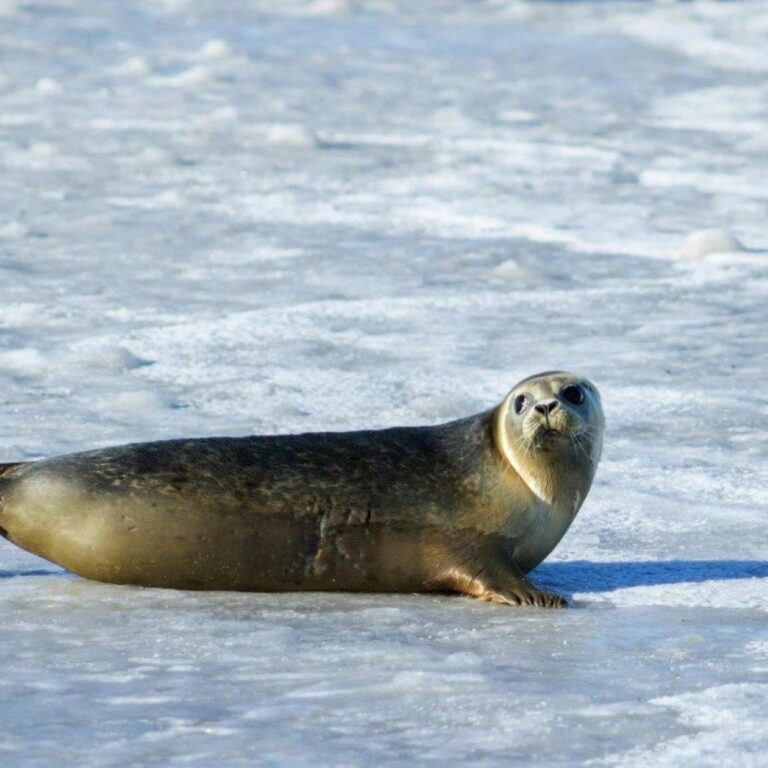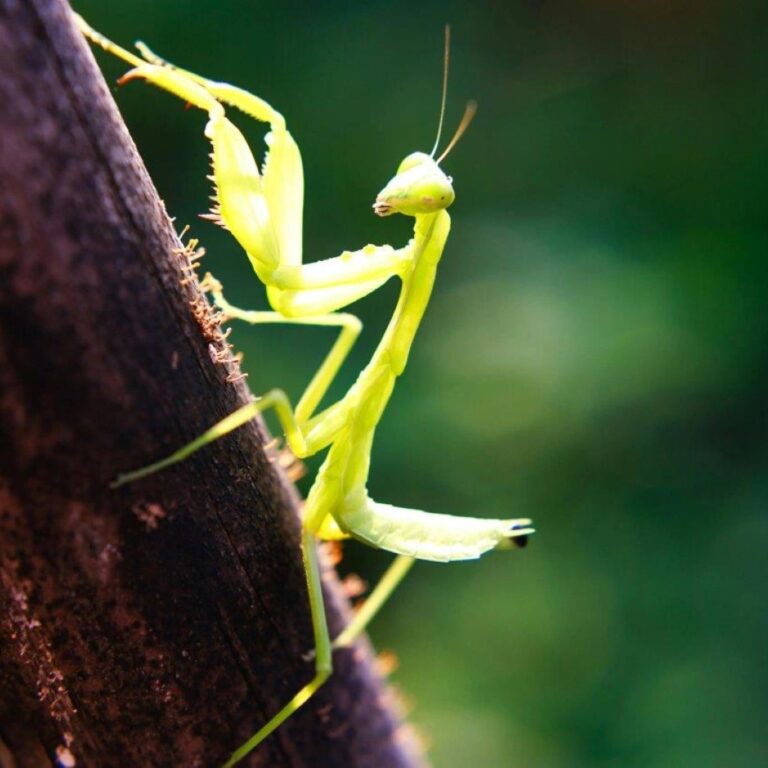Seals are pinnipeds, a group of marine mammals that also includes sea lions and walruses. Unlike sea lions, seals do not have external ear flaps and move on land by wriggling on their bellies.
There are 33 species of seals, including the harbor seal, elephant seal, and leopard seal. They are found in a wide range of habitats, from the icy waters of the Arctic to the warm beaches of California.
They are known for their streamlined bodies, which allow them to swim efficiently in the water. They can reach speeds of up to 20 miles per hour and are capable of deep dives lasting over an hour.
The elephant seal is the largest of all seal species, with males weighing up to 8,800 pounds and reaching lengths of over 20 feet. They are named for their large, trunk-like noses, which are used in vocal displays during the breeding season.
They have a thick layer of blubber that provides insulation against the cold and serves as an energy reserve during times of fasting or migration.
Seals are carnivorous and primarily feed on fish, squid, and other marine animals. They have sharp, pointed teeth that help them catch and hold onto slippery prey.
They are excellent divers, with some species capable of reaching depths of over 5,000 feet. Their bodies are adapted to withstand the pressure of deep dives, and they can slow their heart rate to conserve oxygen.
Unlike sea lions, seals do not have large, rotatable flippers. Instead, they have small, webbed flippers that make them agile swimmers but less mobile on land.
They are social animals and often gather in large groups called colonies or rookeries, especially during the breeding season. These gatherings can consist of thousands of individuals.
Seals are known for their vocalizations, which include barks, grunts, and growls. These sounds are used for communication, particularly during the breeding season when males compete for females.
The leopard seal is one of the top predators in the Antarctic and is known for its fierce hunting skills. It feeds on a variety of prey, including fish, penguins, and other seals.
They have excellent vision, especially in low light conditions, which helps them hunt in the dark depths of the ocean. They also have a keen sense of hearing, both in and out of the water.
Seal pups are born on land or ice and are usually weaned within a few weeks to a couple of months. During this time, the mother provides rich milk that helps the pup gain weight rapidly.
They play an important role in marine ecosystems by helping to control the populations of fish and other marine animals. They are also prey for larger predators, such as sharks and killer whales.
Conservation efforts are crucial for many seal species, particularly those that are threatened by habitat loss, climate change, and hunting. Protecting their natural habitats and ensuring sustainable fishing practices are essential for their survival.


